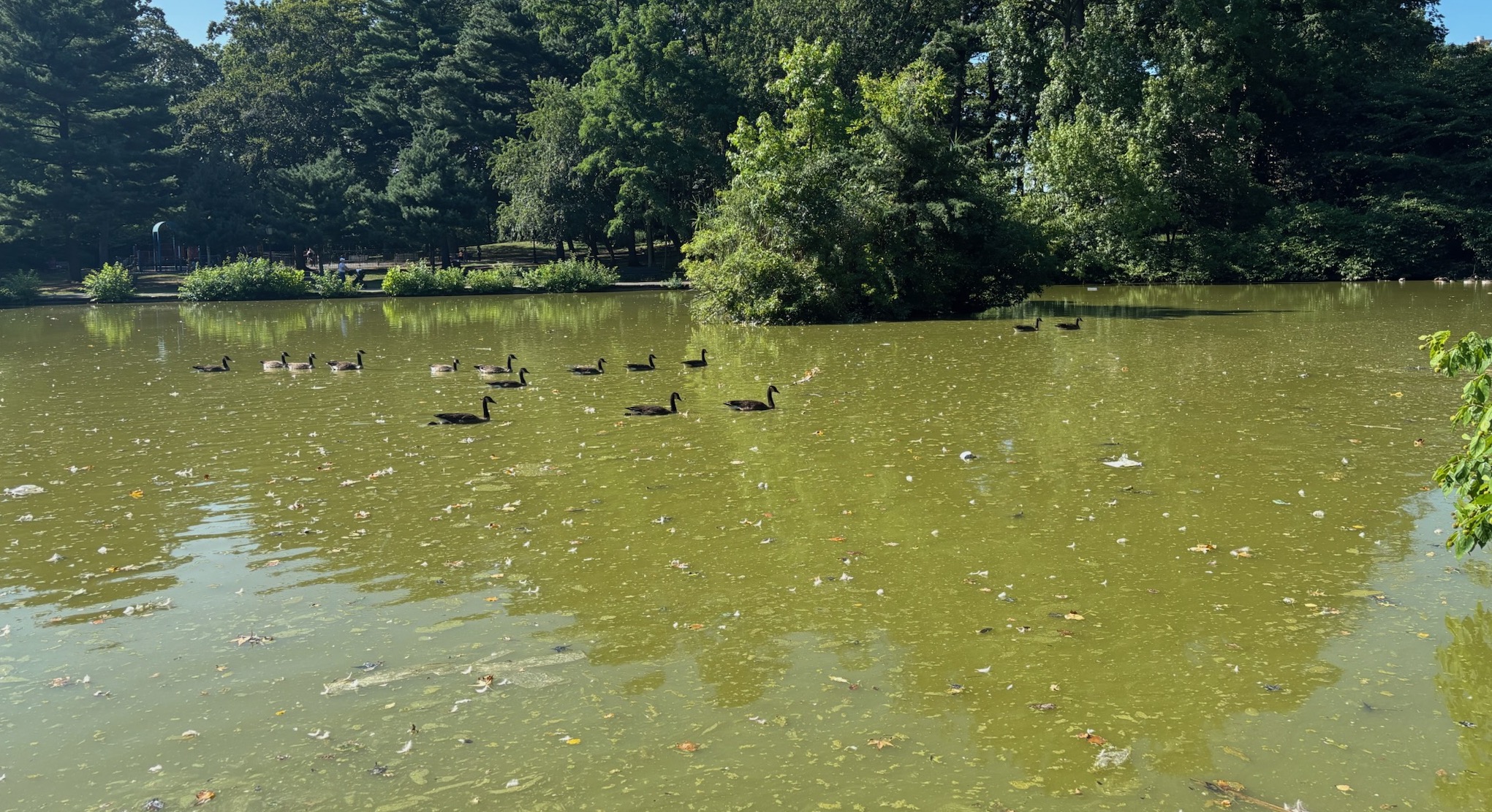
New Laboratory Capability: Testing for Microcystins
Pending approval by the NYSDOH Environmental Laboratory Approval Program, IEC will be certified for EPA Method 546: Determination of Total Microcystins and Nodularins in Drinking Water and Ambient Water by Adda Enzyme-Linked Immunosorbent Assay (ELISA). This method measures the total concentration of microcystins based on the detection of a characteristic feature common to microcystins using absorbance of the sample after it has been treated for analysis.
Microcystins are a common class of toxins produced by cyanobacteria, or blue-green algae. Cyanobacteria are naturally occurring in freshwater when high temperatures and high levels of nutrients like nitrogen and phosphorus are present. Although the presence of cyanobacteria may not be an indicator of depleted water quality, excessive cyanobacteria growth can lead to harmful algal blooms (HABs), which deteriorates the water’s health and produces cyanotoxins, including microcystins. The presence of microcystins in a waterbody shows that the water quality is compromised, usually by high nutrient levels, and may indicate the growth of a HAB. HABs can lead to hypoxia, or lack of oxygen in a waterbody, which prohibits any aquatic life from sustaining itself in these waters. Therefore, microcystins are a useful tool for assessing water quality.
Microcystins can also affect aquatic and terrestrial organisms, and microcystin exposure can inhibit growth and fecundity of some species and has led to fatalities in some domestic animals. They have also been shown to inhibit aquatic plant growth. Although no human fatalities have been reported, microcystins can negatively impact human health, primarily through liver damage. Humans can be exposed through drinking, swimming, or boating in contaminated water, as well as by eating contaminated fish. Microcystins can seep into groundwater from surface water, affecting drinking water.
Microcystin testing is commonly conducted for drinking water, but this certification will allow IEC to apply the method to recreational waterbodies- an important step for protecting both environmental and public health in the Interstate Environmental District. Following method development, this method underwent pilot testing in response to a reported HAB at Goose Pond in Jamaica, Queens. The results were consistent with the presence of a HAB and demonstrated the effectiveness of the method. With this certification, IEC will be able to respond to reports of harmful algal blooms by quickly performing sampling and analysis in order to evaluate the health of the waterbody. Additionally, IEC will be able to alert local health departments to harmful algal blooms. In the future, IEC’s laboratory will work towards expanding this capability to include analysis for additional cyanotoxins, allowing a more comprehensive picture of the toxins present in affected waterways.
To learn more about the status of microcystins in New York State, click here.
- Log in to post comments